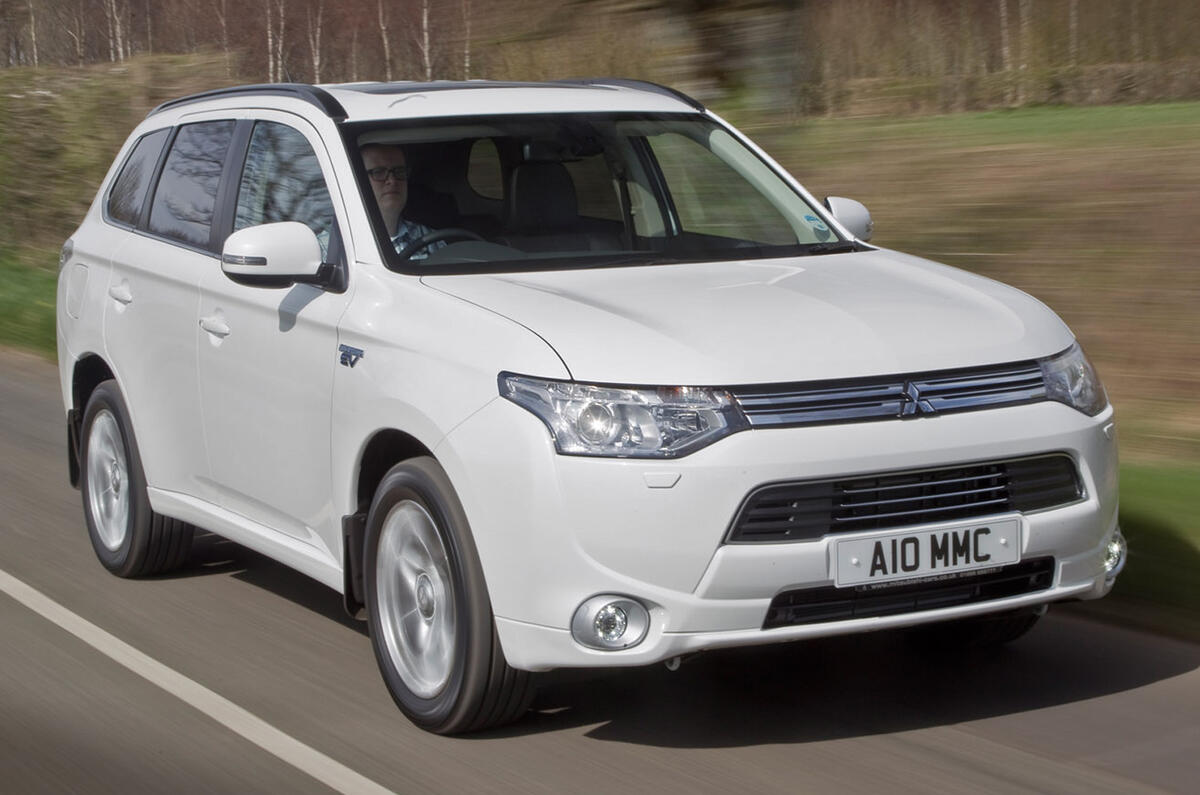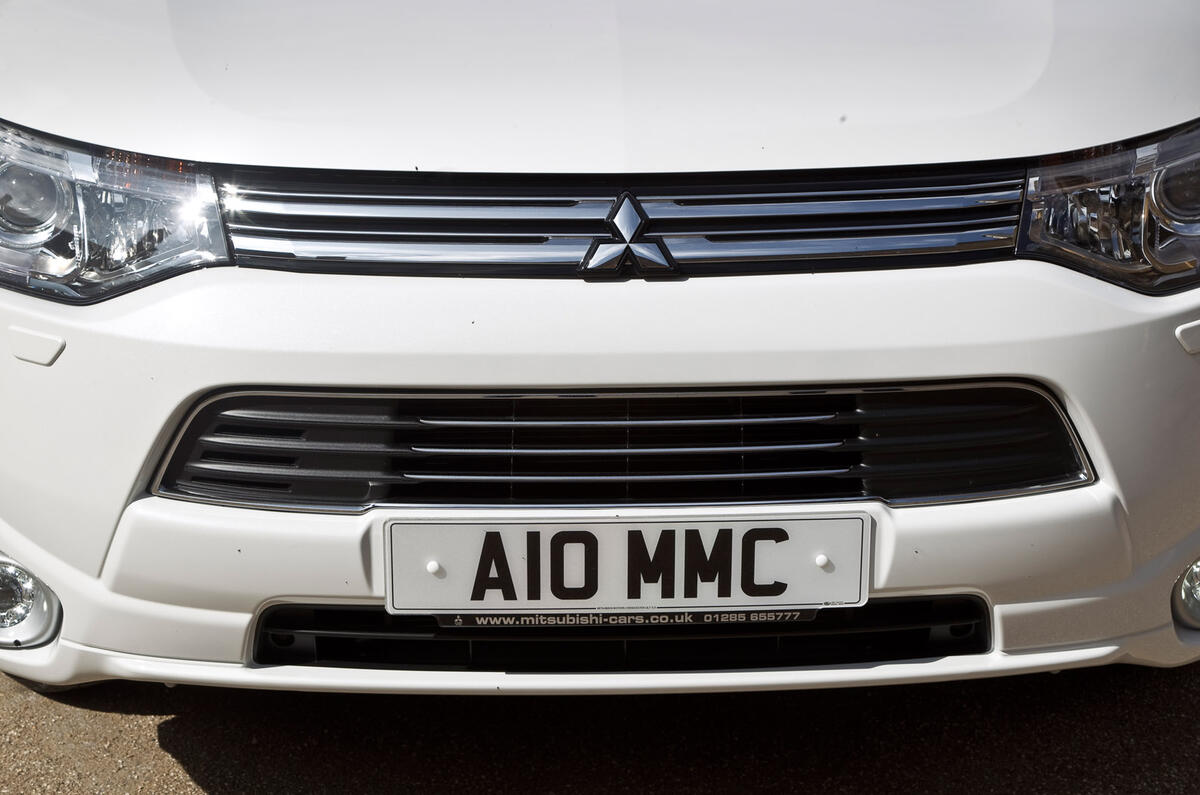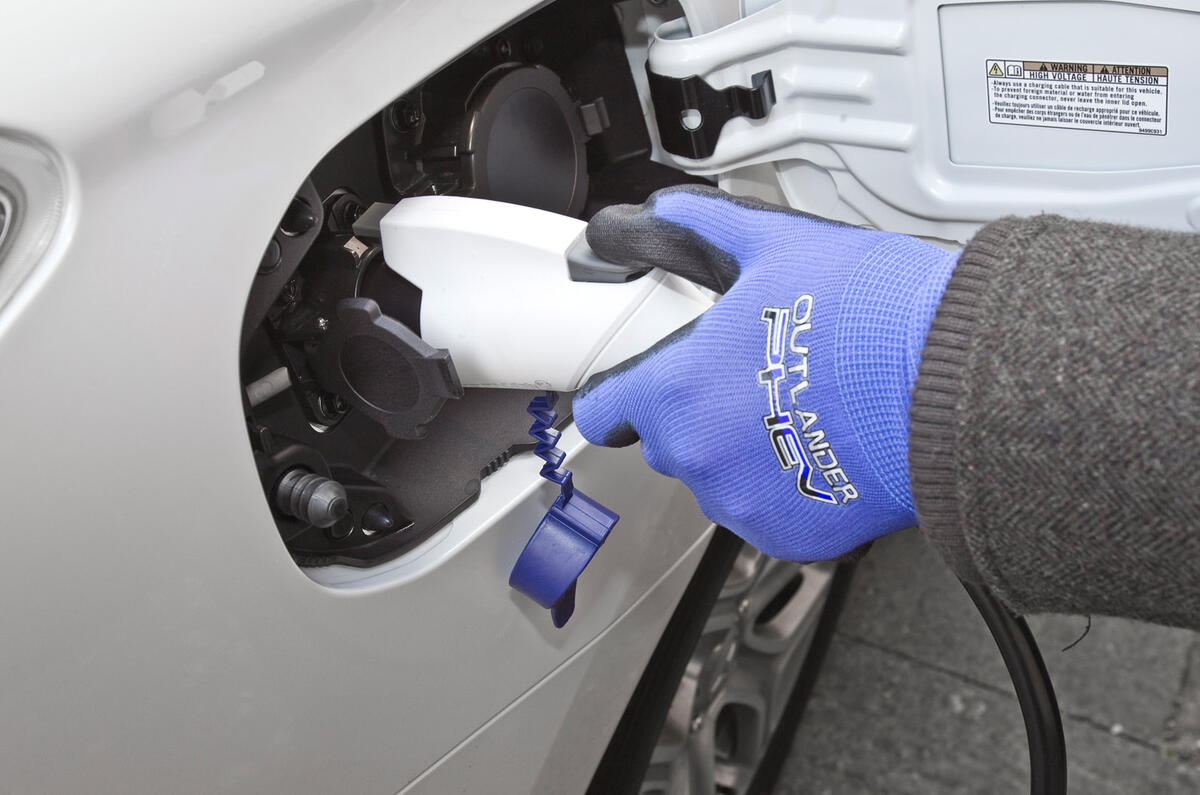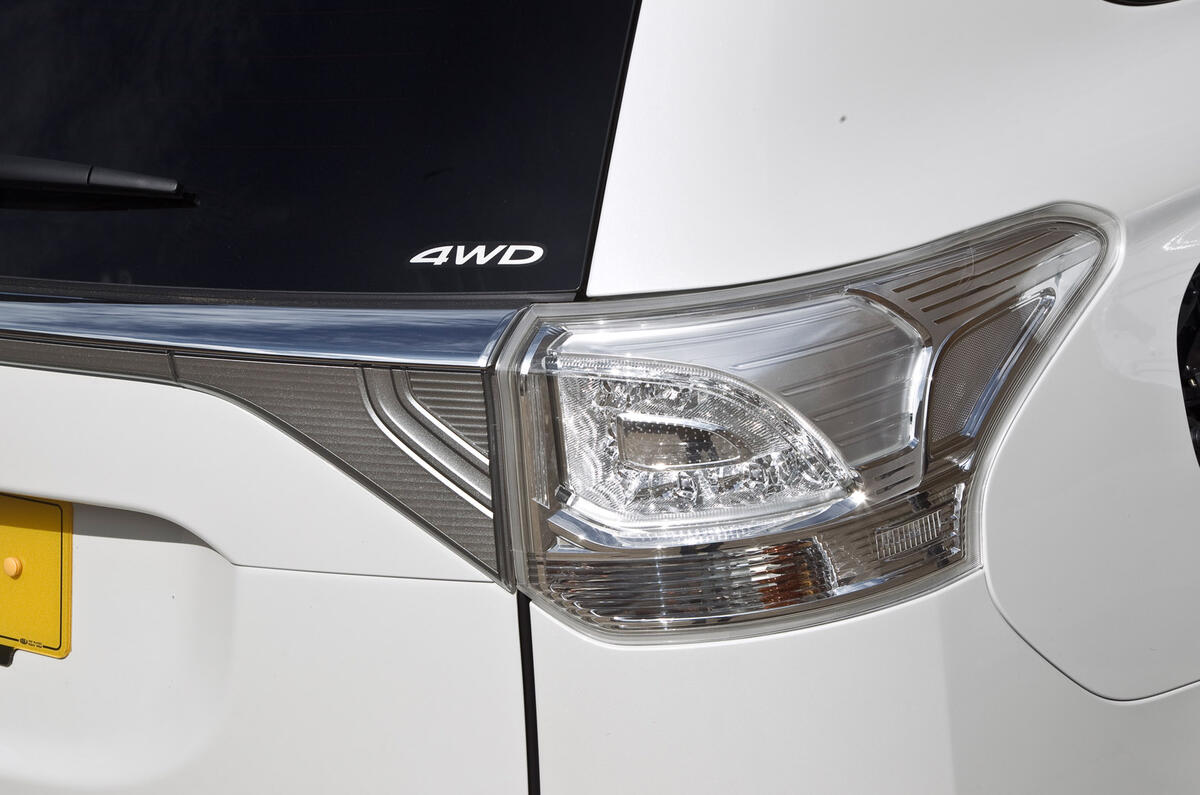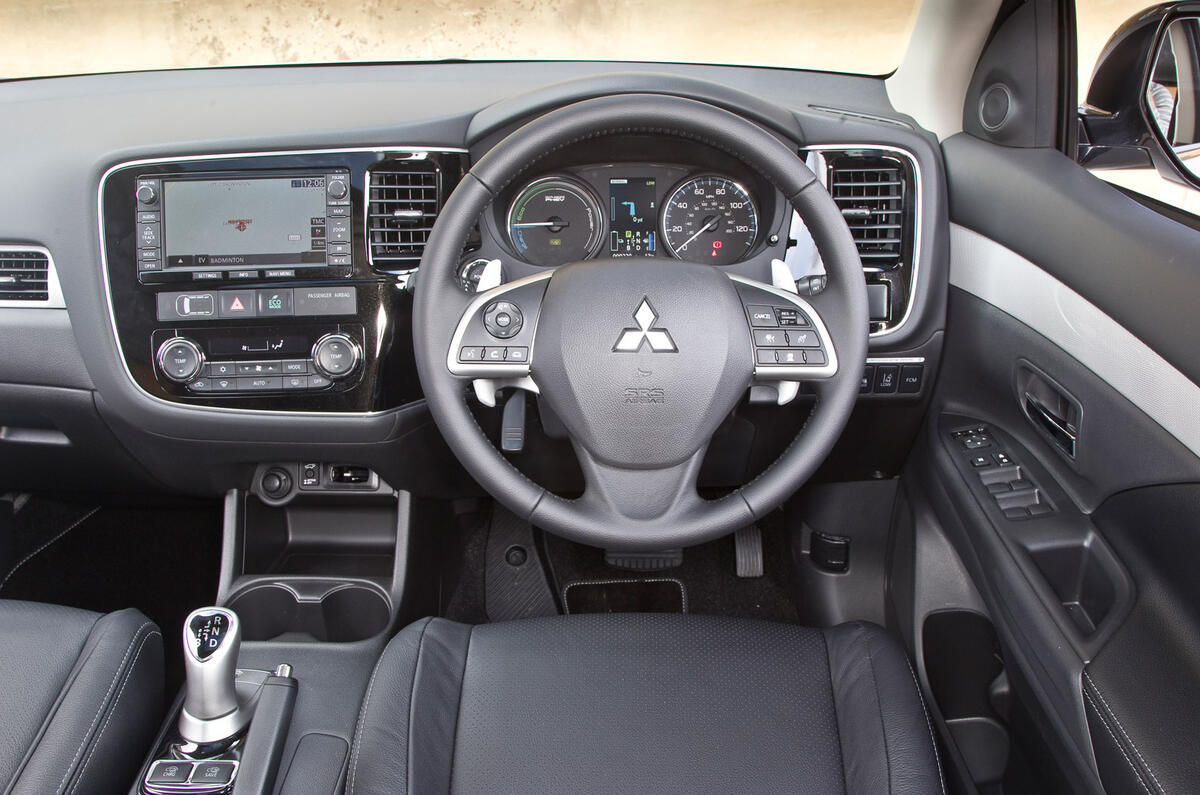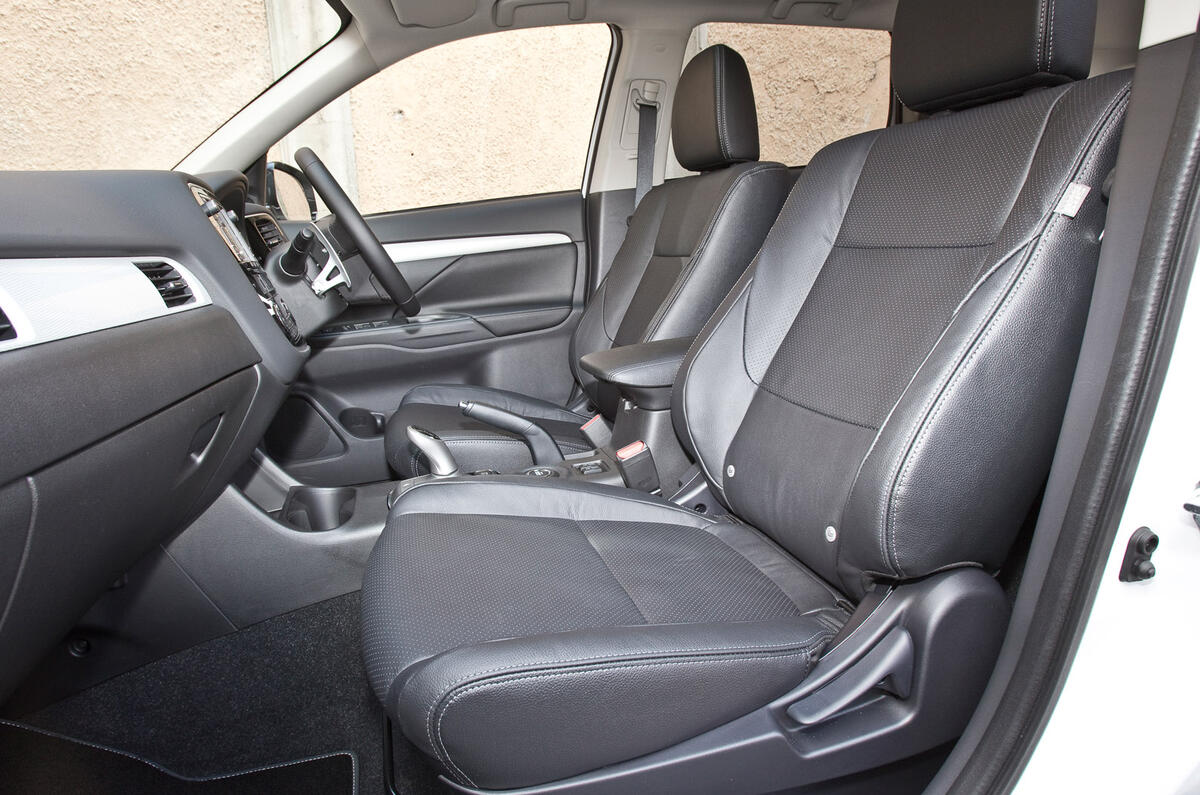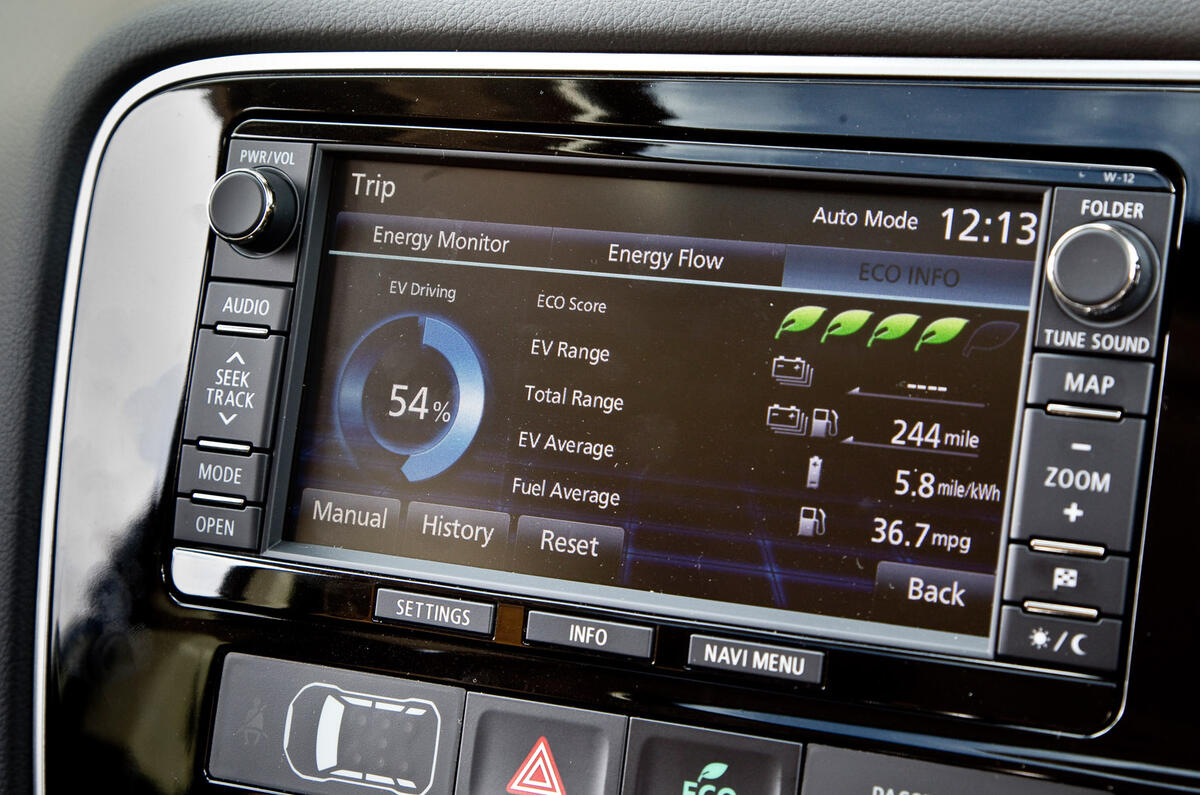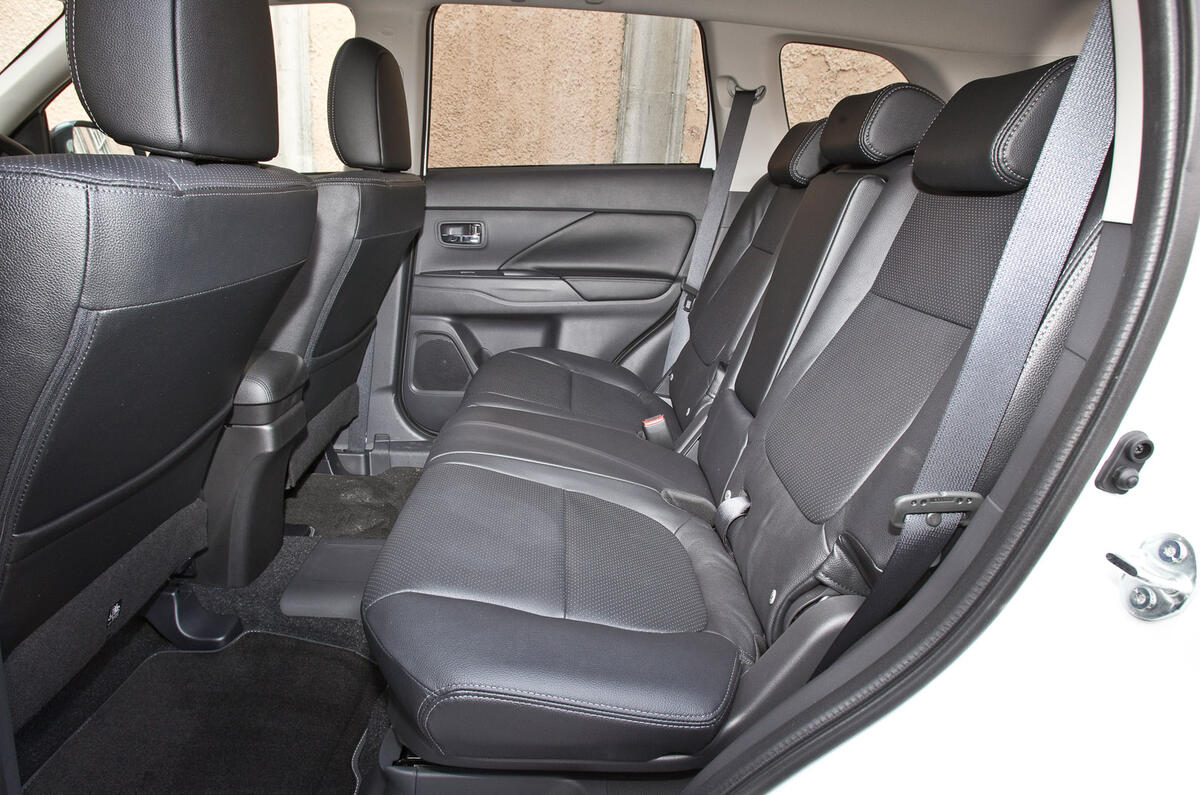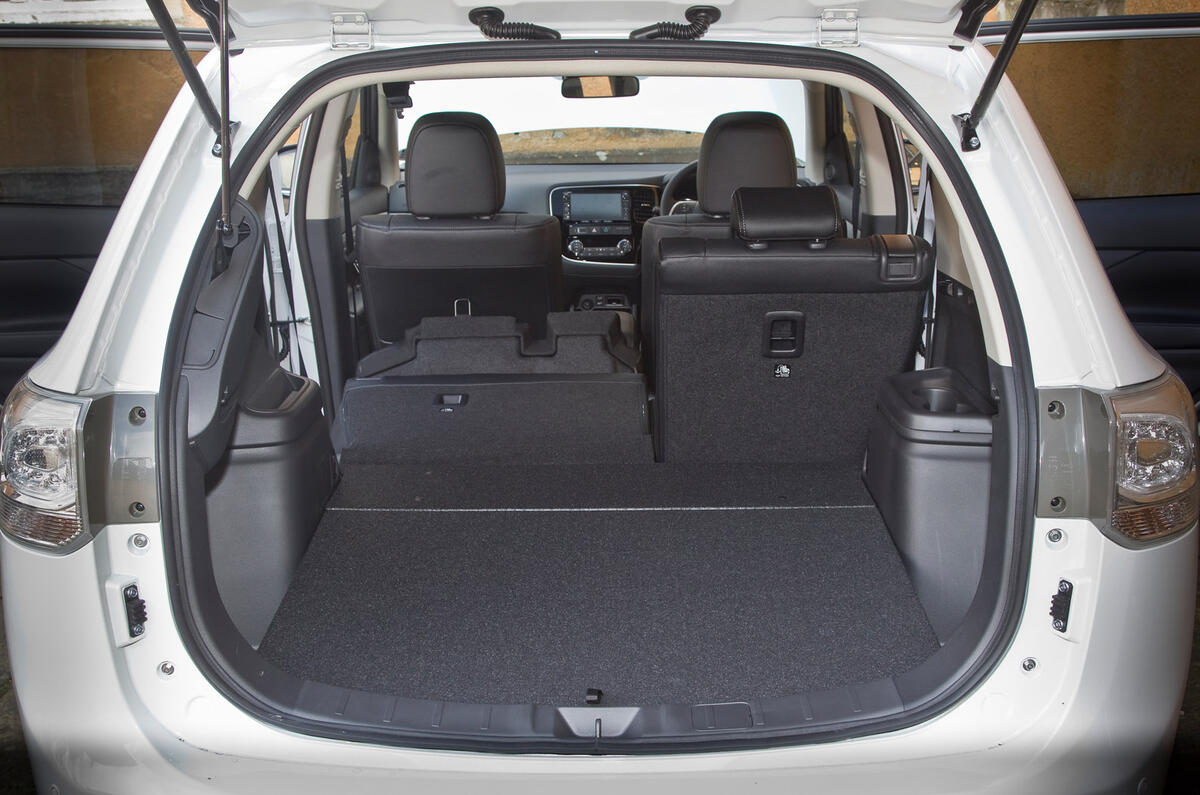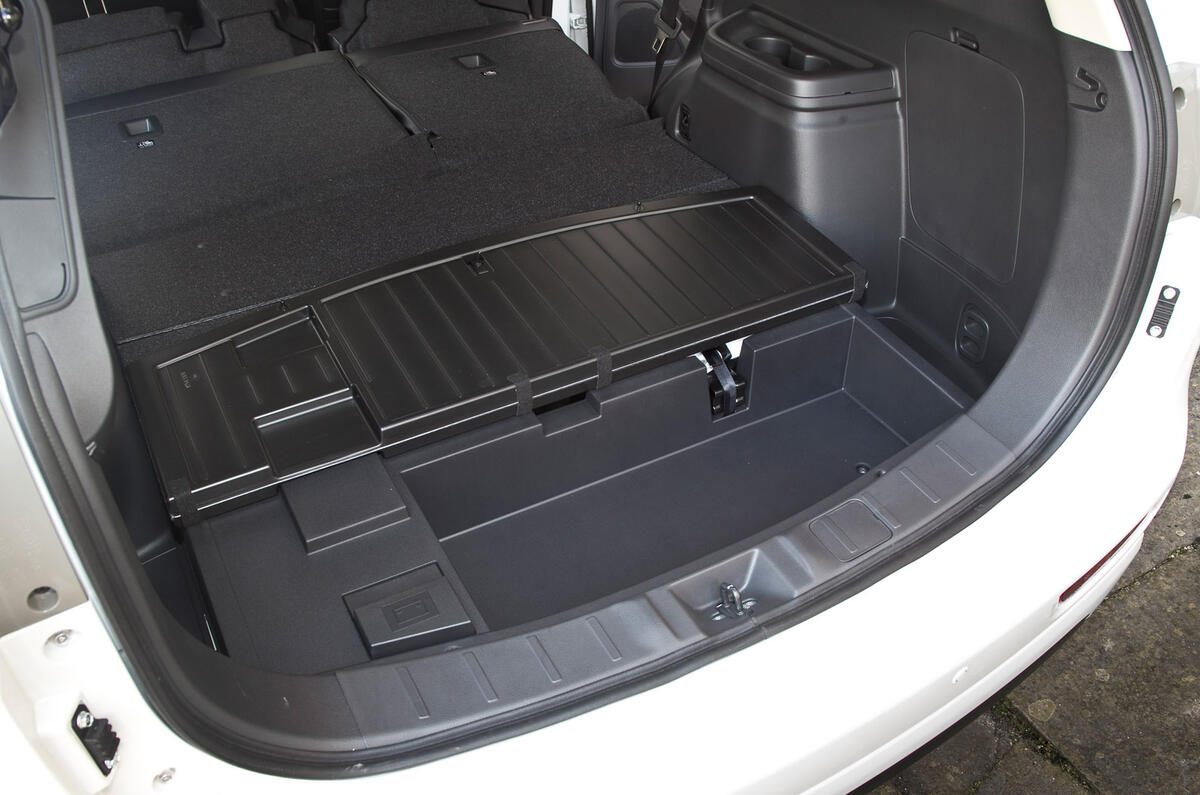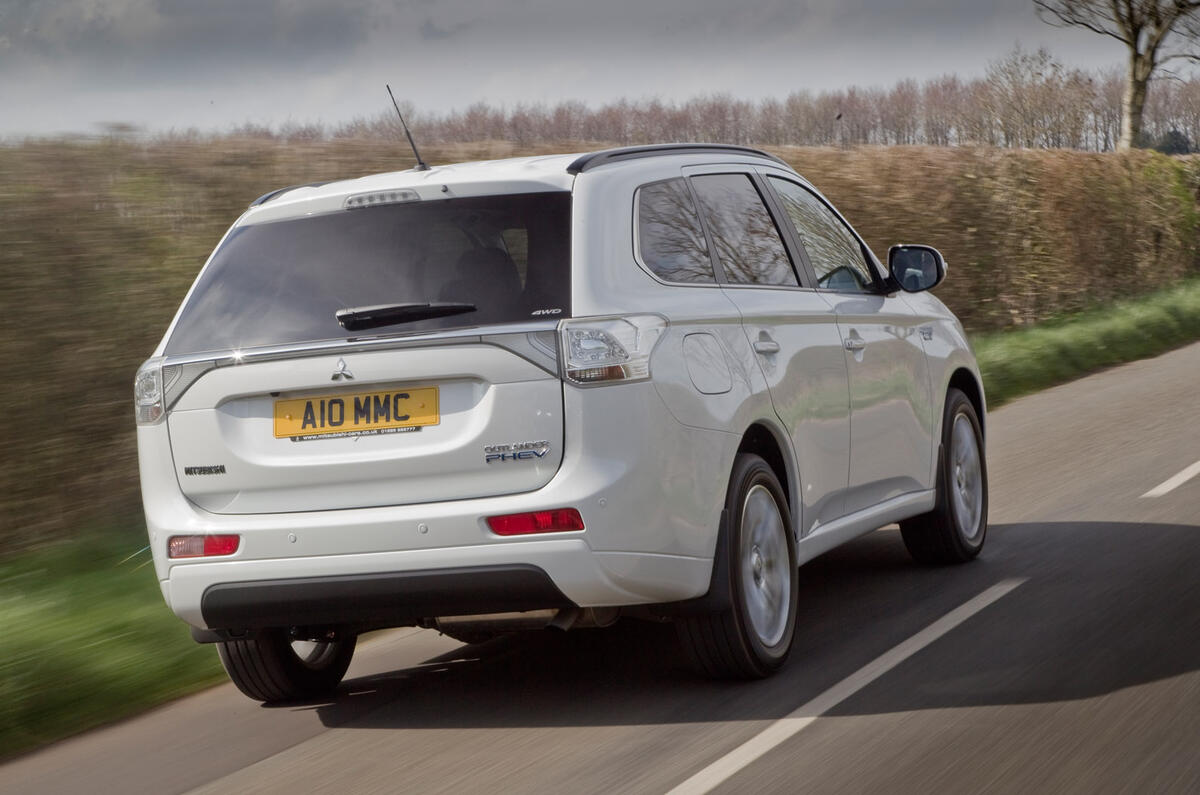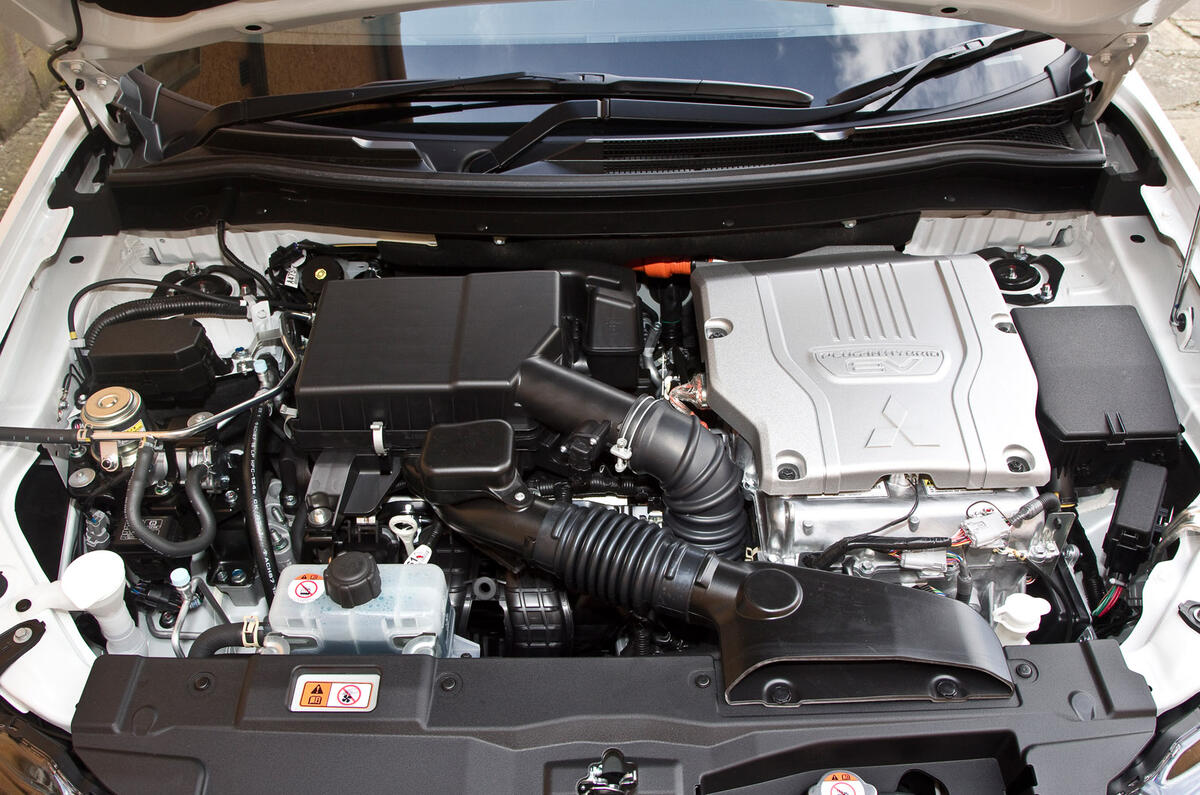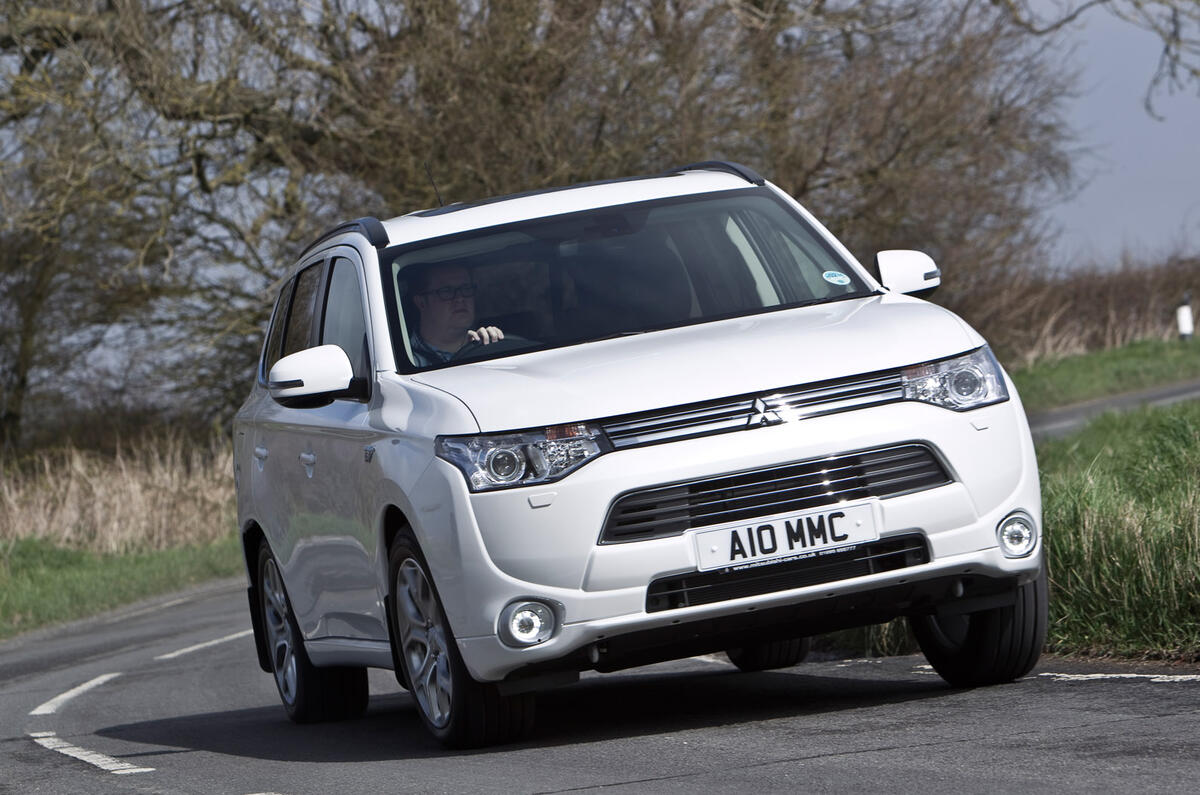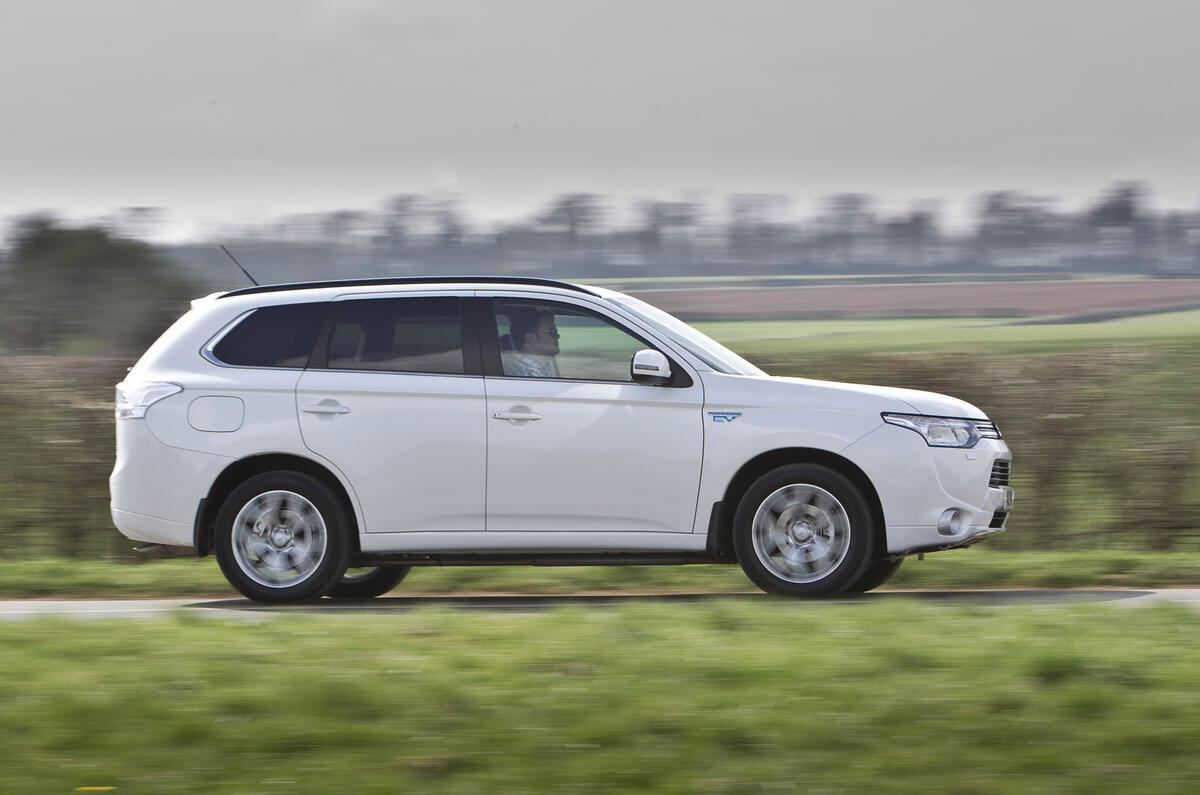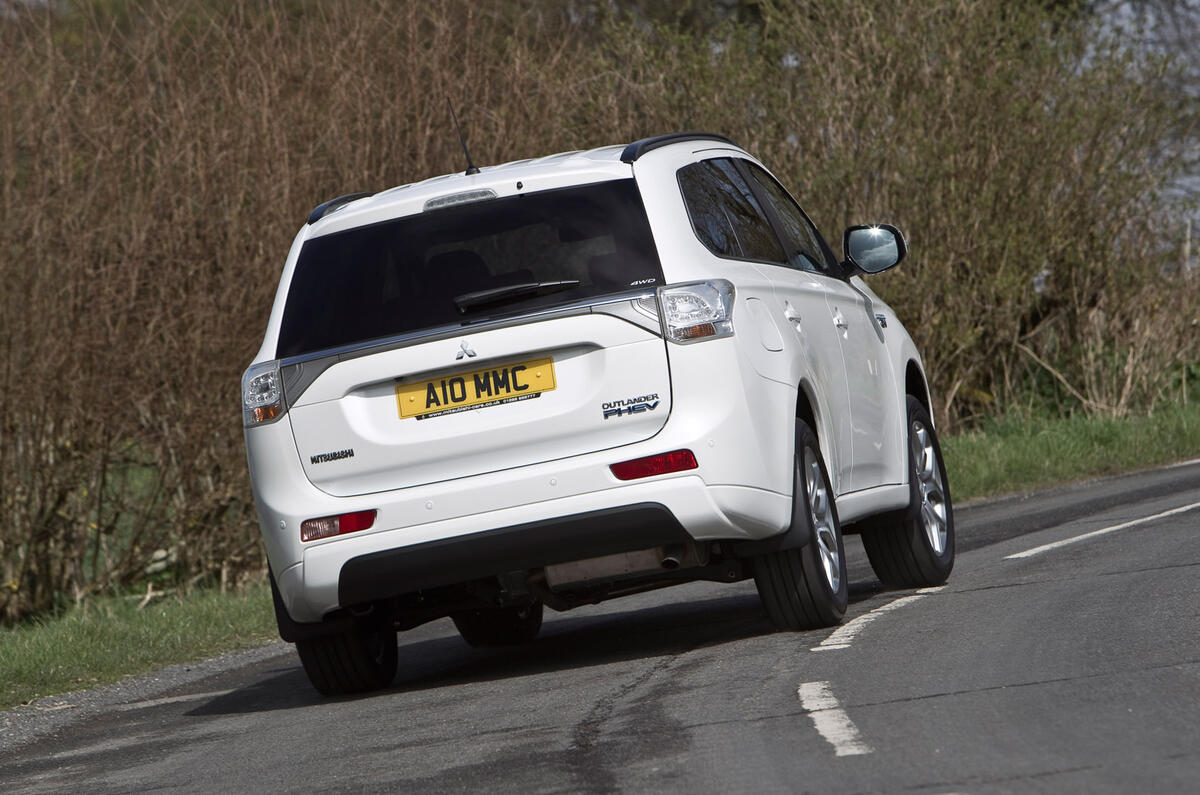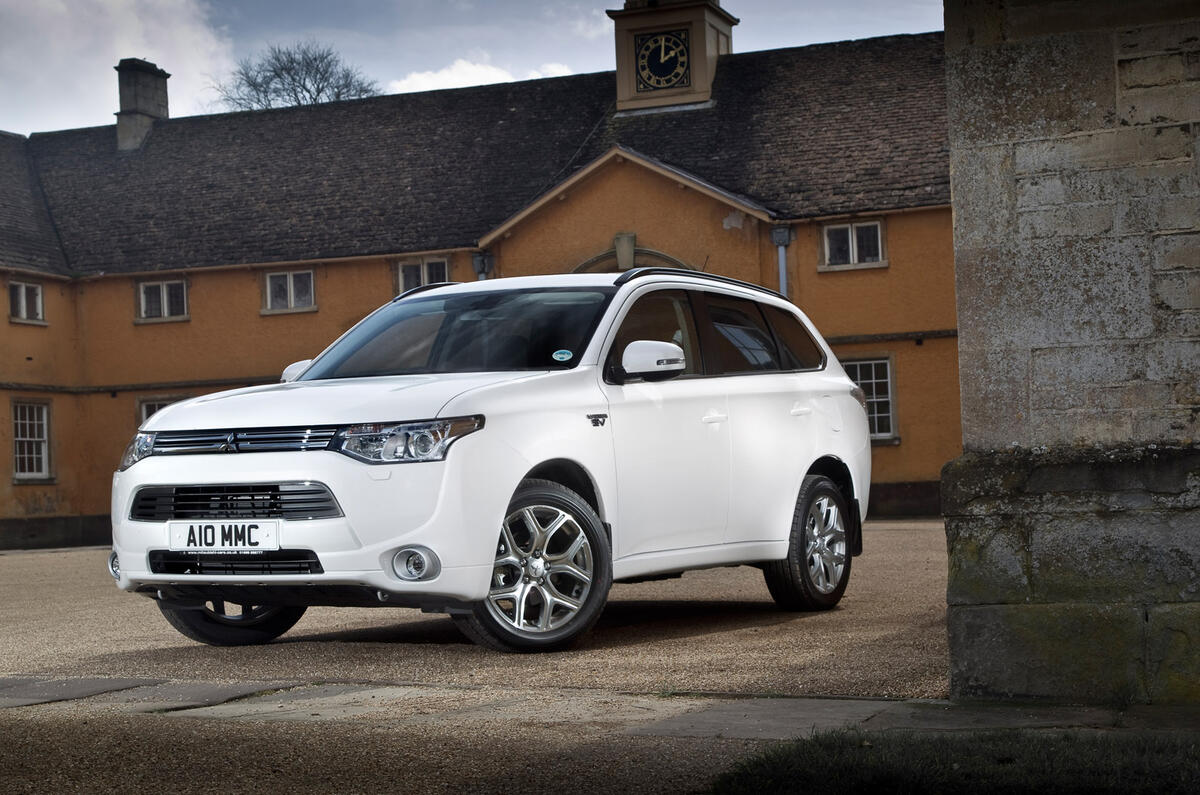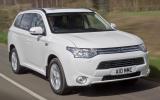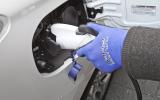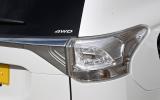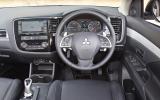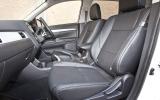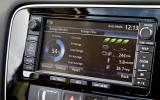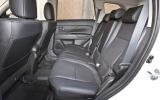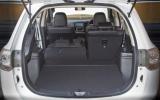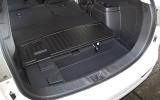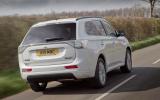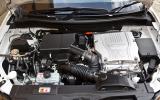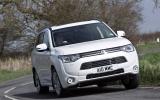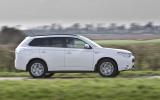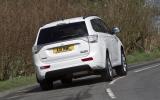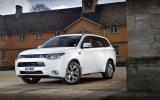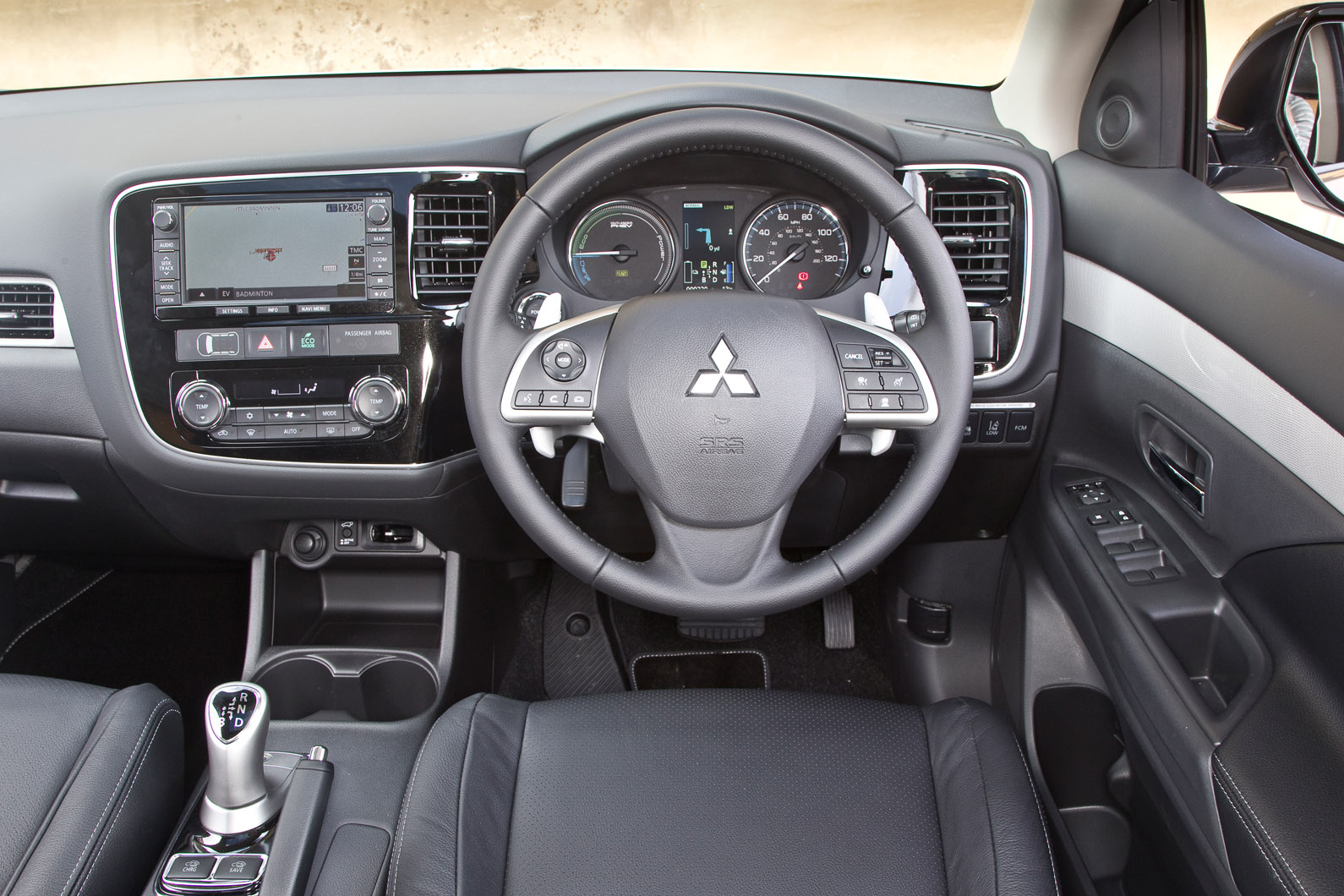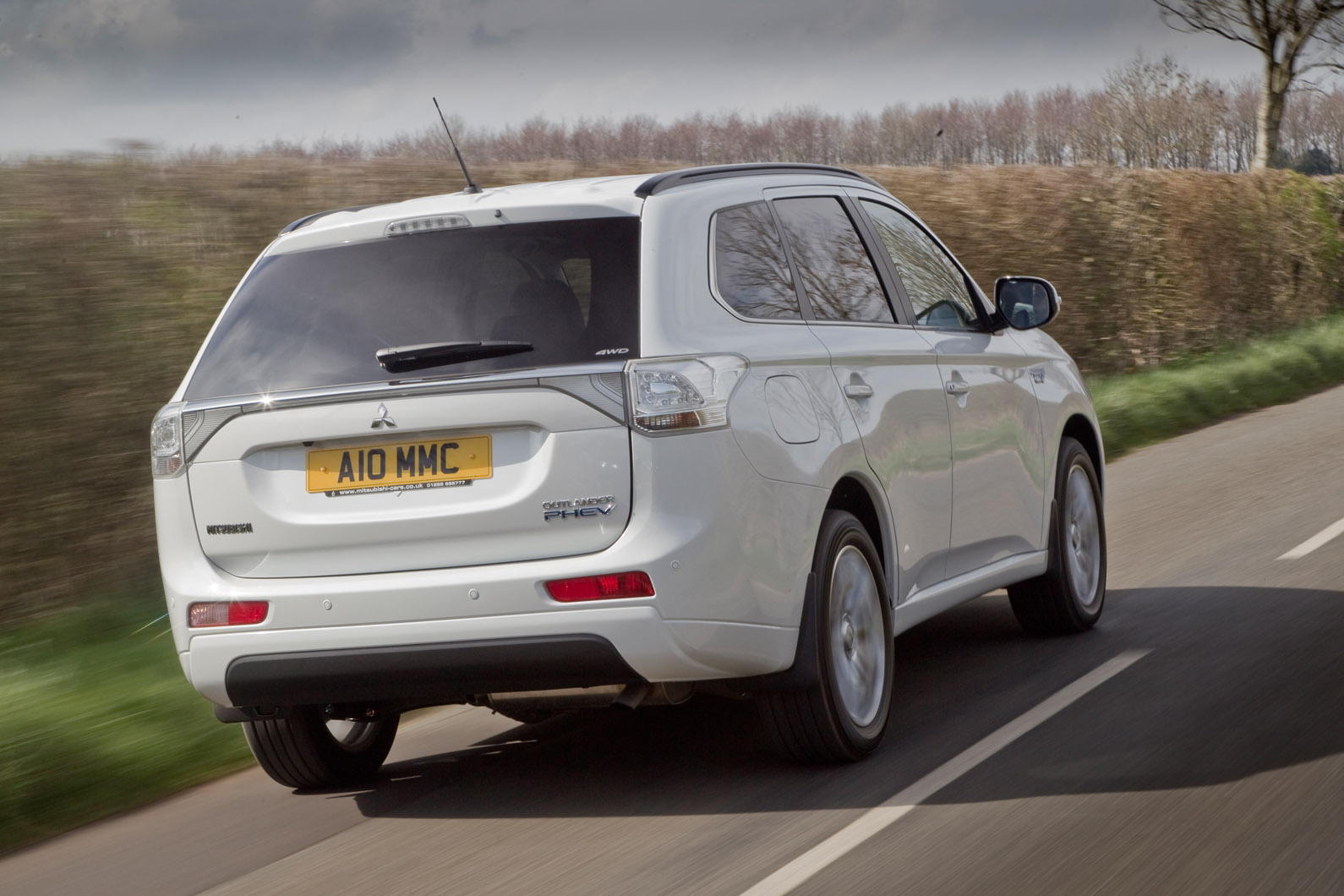You’ll need a good memory to recall a television ad for a Mitsubishi. The Japanese firm’s UK distributor spent £6 million on advertising in 2012; in 2013 it was £8m. Neither budget was big enough to fund a TV ad campaign.
This year, though, the marketing spend is £20m, and Mitsubishi's ads will be back on the small screen. Suddenly, it has something to shout about: the Outlander PHEV plug-in hybrid SUV.
There were two generations of Outlander prior to this one, neither of which received anything more exotic than internal combustion engines. The PHEV’s origins can instead be traced to the iMiEV, the five-door electric hatchback based on Mitsubishi’s ‘i’ kei car.
The iMiEV car, on sale from 2009, was the culmination of more than a decade’s work as the firm’s research into alternative propulsion moved through the 2005 Colt and Lancer concepts to the CT and EZ MiEV models shown in 2006.
Given how badly most ‘plug-in’ vehicles have been missing their sales targets of late, you might think that introducing another sounds like a gamble. Mitsubishi, like every car maker who has introduced a battery car of the current crop, would reply that its plug-in is different – the one to break through.
But Mitsubishi argues with more compelling reasoning than we’re used to. The Outlander PHEV comes with a price relative to the diesel-engined mid-sized 4x4 standard and, says Mitsubishi, without a compromise elsewhere, while returning a claimed 148mpg.


